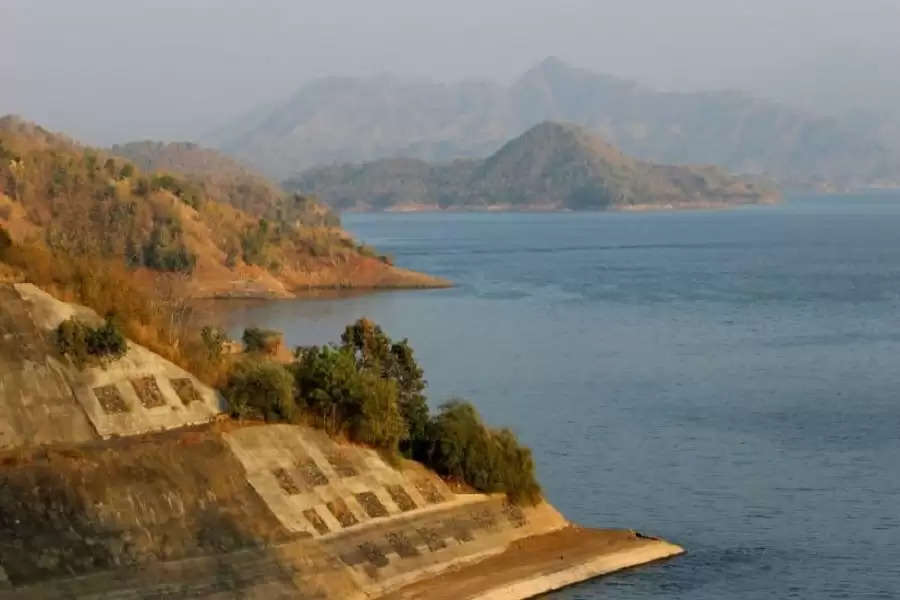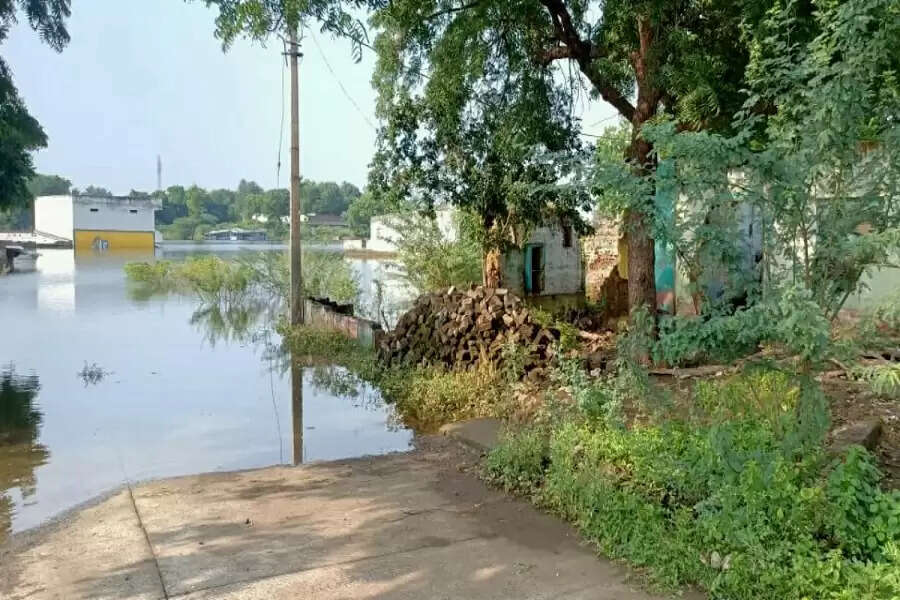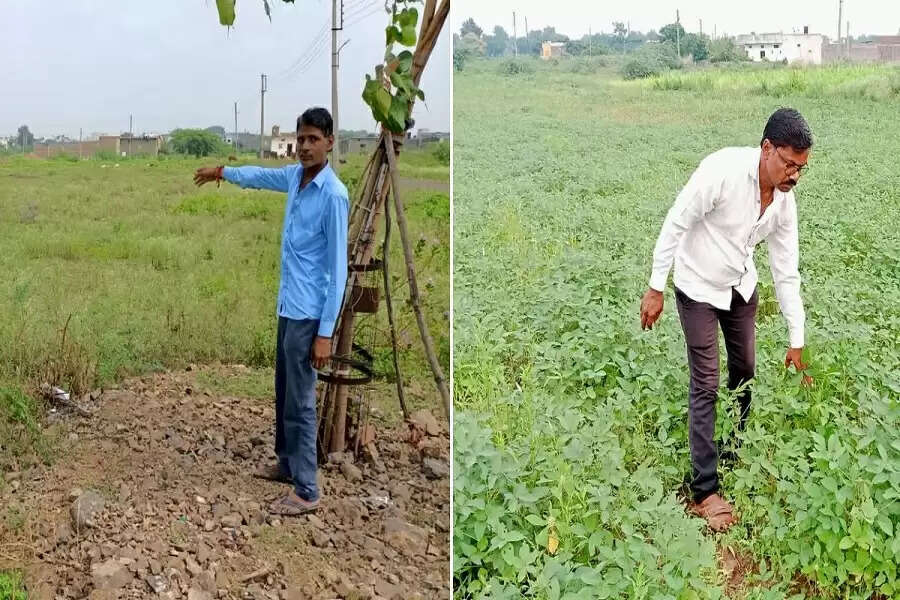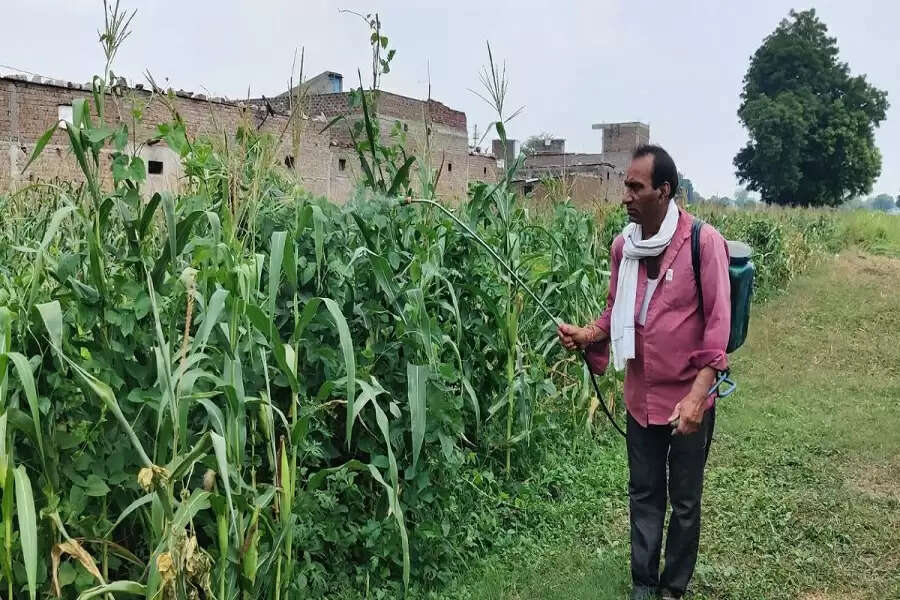Children of the ‘dammed’: Sardar Sarovar project renders three generations landless, poor
 Bhopal, Madhya Pradesh: Tukaram Patidar of Pura village in Dhar district is slightly better off than the farmers rendered landless by the Sardar Sarovar Dam project on the Narmada. Though four acres of his land were acquired in 2001 to rehabilitate people from Nanakbeydi, a village in Chikhalda panchayat that was submerged due to the dam construction, he still has three acres left with him for cultivation.Farmer families, forced out of their lands in Madhya Pradesh to rehabilitate people from villages submerged due to the dam construction, have not been adequately compensated despite moving different courts over the years
Bhopal, Madhya Pradesh: Tukaram Patidar of Pura village in Dhar district is slightly better off than the farmers rendered landless by the Sardar Sarovar Dam project on the Narmada. Though four acres of his land were acquired in 2001 to rehabilitate people from Nanakbeydi, a village in Chikhalda panchayat that was submerged due to the dam construction, he still has three acres left with him for cultivation.Farmer families, forced out of their lands in Madhya Pradesh to rehabilitate people from villages submerged due to the dam construction, have not been adequately compensated despite moving different courts over the yearsTukaram received a mere Rs 5.65 lakh for parting with his fertile land, which he believed was worth Rs 60 to 65 lakh at that time. After repeated appeals by aggrieved farmers like him, the government did disburse an additional Rs 9.35 lakh in 2015, but still, it was not fair enough.
Tukaram belongs to the second generation of those affected by the project. Earlier, 14 acres were acquired from his late father Arjun Patidar for Rs 16 lakh. “None of the farmers gave their consent willingly. The authorities deposited money into bank accounts and evicted us from our own land. Most of the first generation fought against land acquisition and unfair compensation until their last breath. For 22 years, the second generation has been doing the same. Gradually, it will be passed on to the third generation,” Tukaram’s mother Ramkunwar Patidar told 101Reporters.
As the water-level increases in Sardar Sarvar Dam, more than half of Nisarpaur village of Dhar district is flooded (Photos: Pooja Yadav) The land acquisition in Dhar, Alirajpur, Barwani and Khargone districts of Madhya Pradesh began in 1998 and continued for the next five years. The flood-impacted people, who had argued against unfair compensation in the Supreme Court, received Rs 60 lakh per two hectares from the State government following the apex court’s direction in 2017. Unfortunately, those whose lands were acquired to rehabilitate the flood-impacted were not party to the case, and hence did not receive better compensation.
In fact, at that time, both types of land losers could not reach a consensus on approaching the courts jointly, mainly because acquisition proceedings took place at different points of time and compensation amounts were dissimilar. Later, the group that lost lands to rehabilitation did approach the High Court of Madhya Pradesh, which directed it to move the Supreme Court.
Farmers who have lost all their land are the most affected. They have no option but to take land on lease for Rs 2 to 4 lakh annually to cultivate cotton and chilli. They have to take care of input costs as well. Even after putting all their income sources to best use, most landless families barely manage to save Rs 2 to 4 lakh a year for themselves.
“Marriages here usually happen at the age of 22, but my son Balram will be 27 soon. I want to see him married before I die. But nobody is interested as I am landless. The first question by the bride’s side is — how much land does the groom’s father have?” said an emotional Hariram Mewade of Taloon village in Barwani district.
Even Tukaram’s son Gaurav Patidar (32) got a good match only recently, after searching for seven years. Most people are reluctant to get their daughters married into families with less or no land. Gaurav works at a mobile shop, while his brother Shubham (25) has recently launched a stationery shop. Both work 12 to 16 hours a day to earn Rs 5,000 to 8,000 per month.
Policy change
Beyond compensation, was there any measure to provide alternative lands to ensure livelihoods? Citing Paragraph 4.5 of the Rehabilitation Policy-2001, Suresh Pradhan, a farmer from Nisarpur in Dhar, said, “At least two hectares should be left out in cases of complete acquisition to ensure farmers’ livelihood. If someone has less than that, a piece of that land should be saved for them.”

Kantilal(Left) and Suresh Pradhan(Right) — The second-generation farmers who have been fighting the court battle to demand land for land and fair compensation for their acquired farms in Madhya Pradesh under Sardar Sarovar Dam Project (Photos: Pooja Yadav) As per the provisions of the earlier policy, SC/ST farmers were spared from land acquisition to facilitate rehabilitation. For others, there cannot be 100% acquisition. Pradhan claimed the government later changed it to include the word yathasambhav (as far as possible) in the clause, which meant the provisions would be applied only in situations where they were possible. In short, it gave the government a free hand to acquire lands.
Pradhan was paid Rs 6.7 lakh for five hectares of land in 2001. His father Narayan Krishna Patidar’s 2.5 acres were also taken. “A bulldozer was run through his standing, ready-to-harvest wheat crop. He was forced to take Rs 2.40 lakh as compensation. There was no other option. He raised an objection before the Narmada Valley Development Authority (NVDA). After much back and forth, the matter reached the apex court, but no solution came out of it. Despite braving chilly winters, rains and hot summers during the Narmada Bachao Andolan (NBA), justice was not served. Now, I am carrying forward his fight,” Pradhan said.
When farmers intensified their demands of land for land and better compensation, the State government announced Rs 15 lakh (minus the initial amount paid) per farmer. However, many refused to accept it as land prices had skyrocketed by then. “The market rate for an acre was in the Rs 10-18 lakh range. How can they give such meagre compensations,” questioned Pradhan.
Kantilal’s father Kasana of Nisarpur had submitted an application before the Indore Division Bench of Madhya Pradesh High Court. Claiming that 1.20 hectares of his land had been acquired rendering him landless, he appealed for land in return. The division bench issued an order in October 2017, directing the disbursement of an equal land area to Kantilal, or compensation within six months. In fact, the NVDA commissioner (rehabilitation & field) himself asserted that being a marginal farmer, Kantilal should not have been left landless. Ironically, the NVDA later challenged the matter in a higher bench, which is pending there. Even today, Kantilal awaits his compensatory land.
Sandeep Patidar’s father fought a similar battle until his death in 2011. A native of Ganpur village in Barwani, he received an inadequate compensation of Rs 10.50 lakh for eight acres of land that he had to part with for rehabilitating Nanakbeydi residents. Likewise, Bhagwan Singh of Ganpur received only Rs 20 lakh for 11 acres of land!

Tukaram Patidar belongs to the second generation of those affected by the project and has been fighting against the unfair land acquisition of his land since 22 years (Photos: Pooja Yadav) Rahul Yadav, who has been actively involved with the Medha Patkar-led NBA for over nine years, told 101Reporters, “These farmers are unable to marry their sons. Tomorrow, when the family grows, they will not have a piece of land to build a house. It will be impossible to buy land either, thanks to inflation. They will be forced to live a nomadic life within a few years.”
Yadav alleged discrimination in the compensation amount. “As many as 192 villages of Khargone, Dhar, Barwani and Alirajpur submerged. The government announced a compensation of Rs 1.11 lakh per acre for the affected families, as well as compensation for houses, trees and wells. People rejected it and approached the court, which directed a compensation of Rs 5.58 lakh per two hectares. Those who had less than two hectares were also entitled to the same amount, but thousands still rejected it claiming it to be inadequate.”
Though the Supreme Court intervention saved those from the submerged villages, the owners of lands acquired to rehabilitate them did not get even 25% of that compensation, he said.
What next?Rajkumar Sinha, who has been fighting on behalf of those displaced due to the Bargi Dam, said the government should give land to the affected farmers instead of monetary compensation.
Medical shop owner Poonamchand, whose father Hariram Mewade is a farmer, said they sought justice from the NVDA. Landless farmers have also approached the authority. “We will meet the Governor, Human Rights Commission and the public representatives. If justice is not served, I will ask the President of India to grant permission to euthanise our families,” he told 101Reporters.Multiple attempts to reach Minister of State for NVDA Bharat Singh Kushwaha went in vain. NVDA Commissioner Pawan Kumar also did not respond to the questions.
Edited by Gia Claudette Fernandes
The cover image is of Narmada dam constructed under Sardar Sarovar Dam Project, sourced under Creative Commons License from Flickr.
